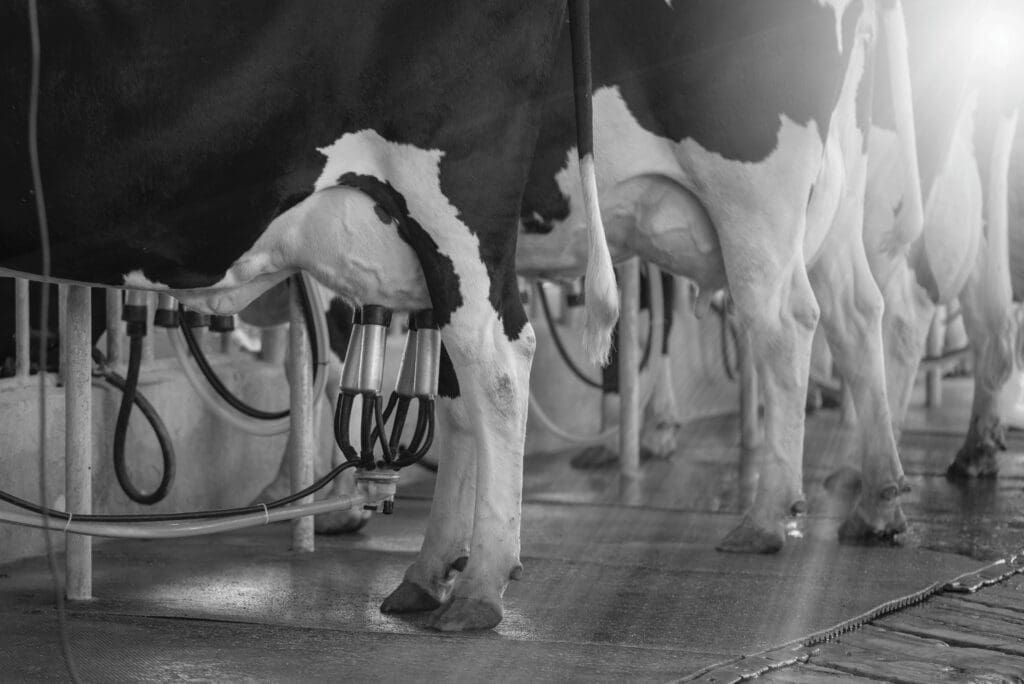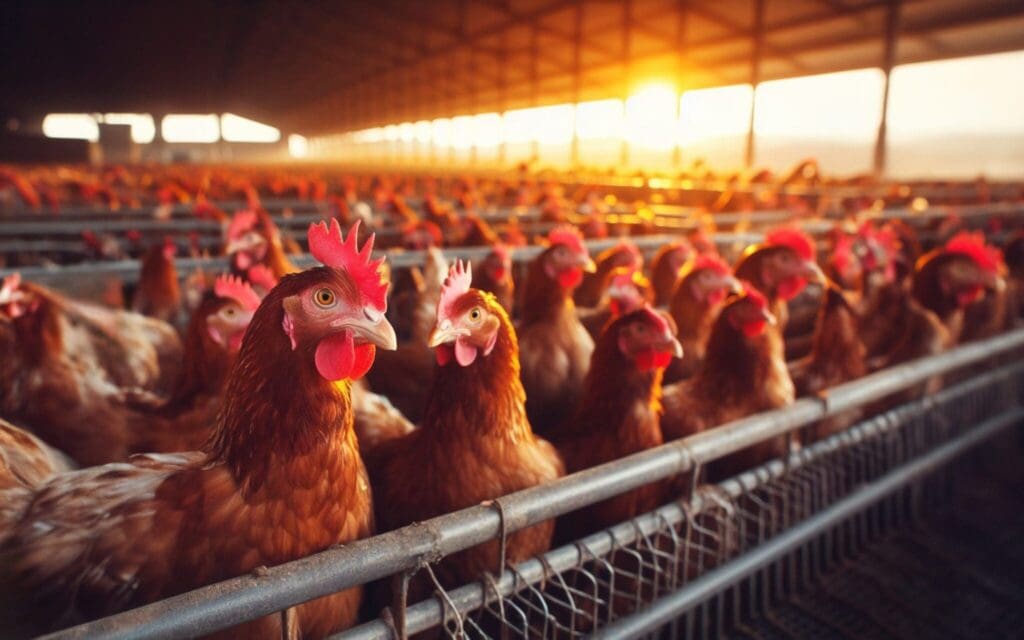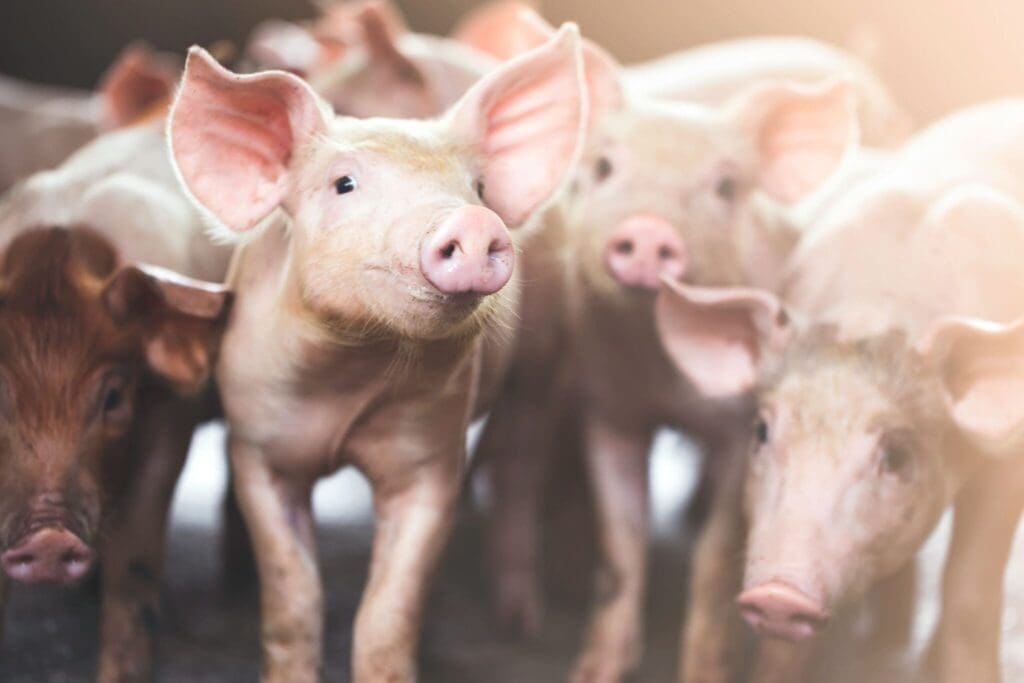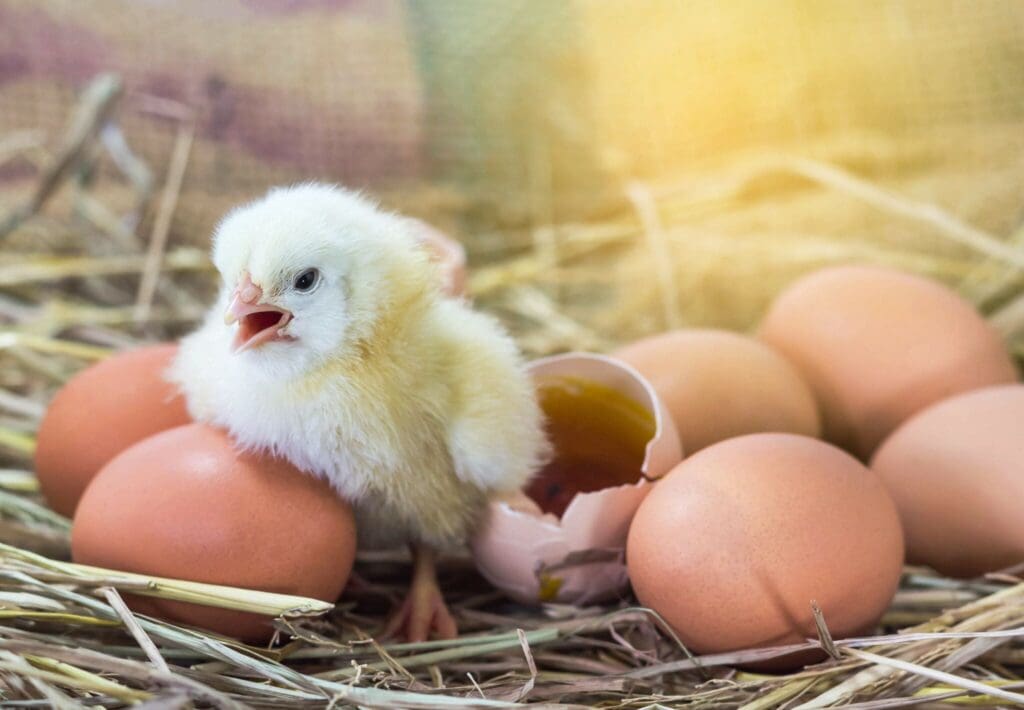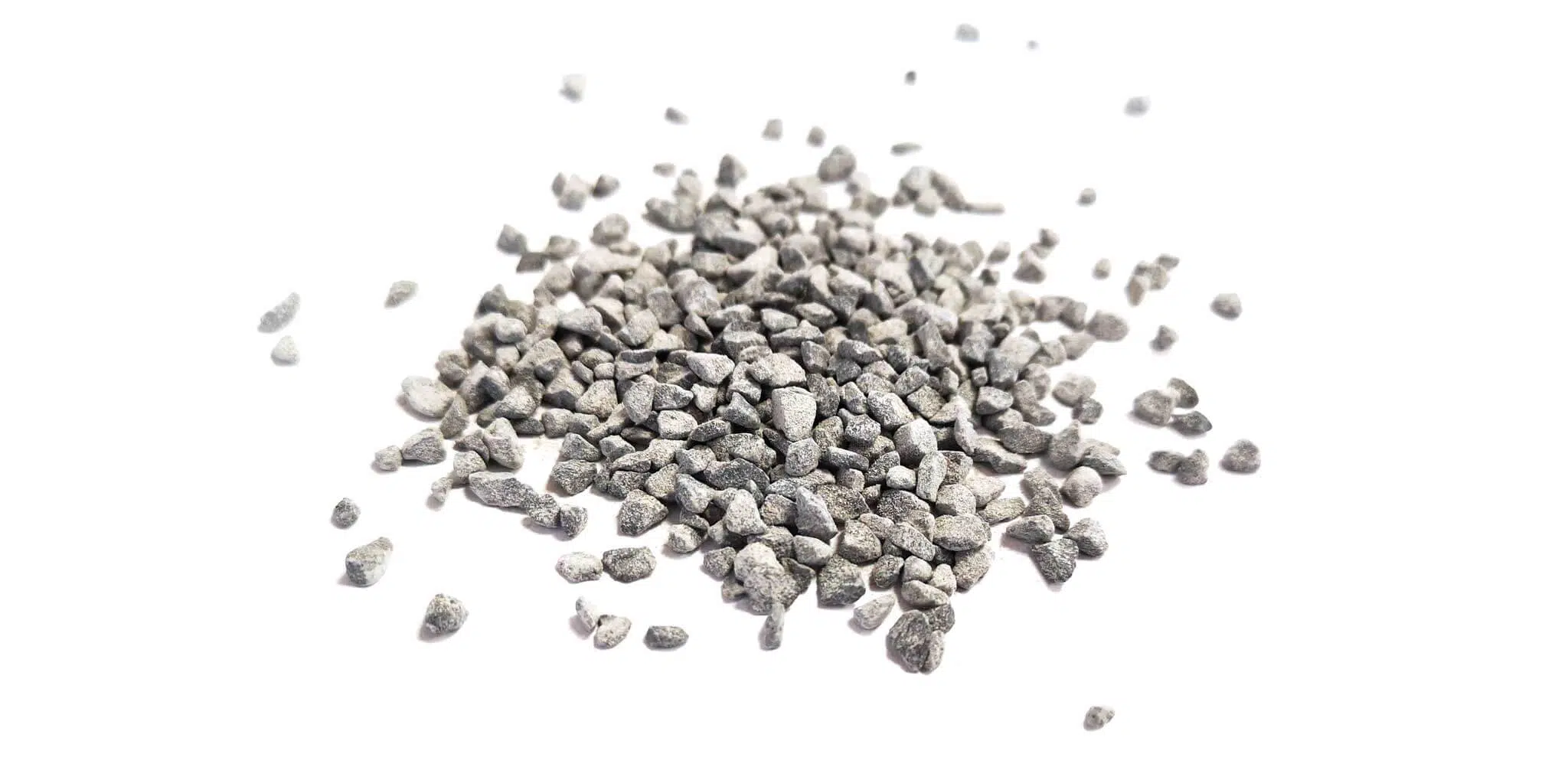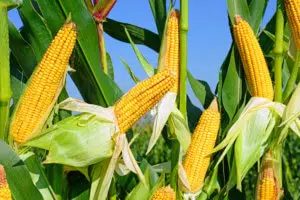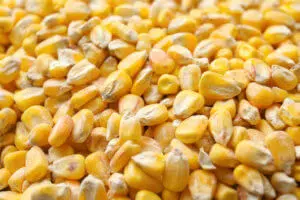Tag Archives: poultry research
Chemuniqué is proud to present at the 2022 PSA Annual Meeting
This year’s Poultry Science Association (PSA) Annual Meeting is the first in-person meeting in two ...
2 Comments
Jul
Chemuniqué young talent at PSA 2021
This year, Chemuniqué is proud to support two of our young scientists as they presented ...
1 Comment
Jul
The variability of maize
It has been shown by several studies that metabolisable energy (ME) values vary significantly, not ...
1 Comment
Jul
Maize hardness matters
Introduction A recent study published in the Journal of Applied Animal Nutrition by Singh and ...
Jul
The catalyst you need to jumpstart your production system
Making sense of the wide variety of commercially available phytase products can be a daunting ...
1 Comment
Jul
Dietary zinc source matters for poultry intestinal health
A recent study by De Grande et al. (2020), entitled: “Dietary zinc source impacts intestinal ...
Apr
